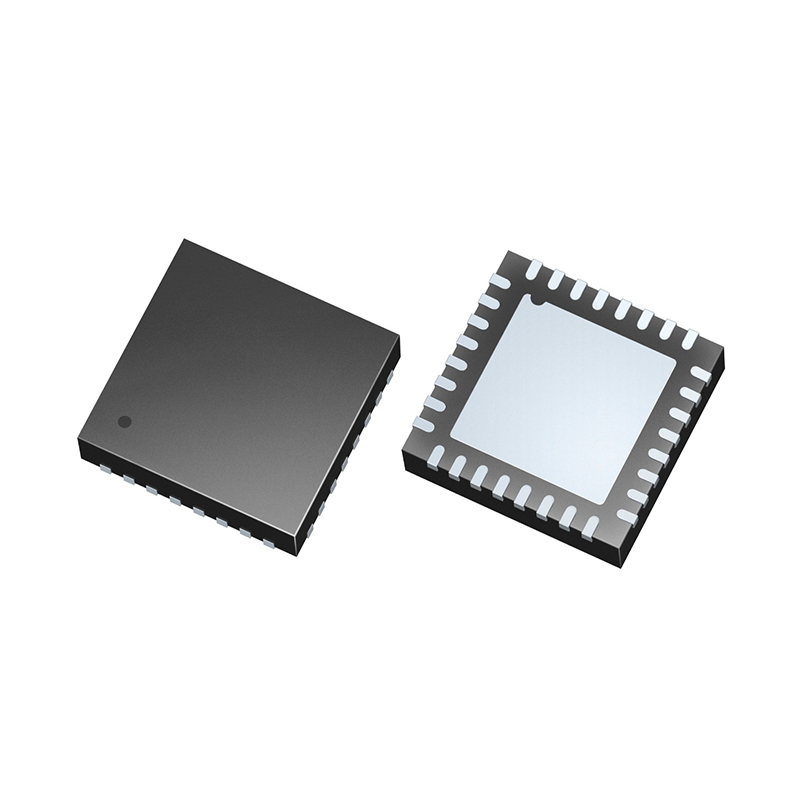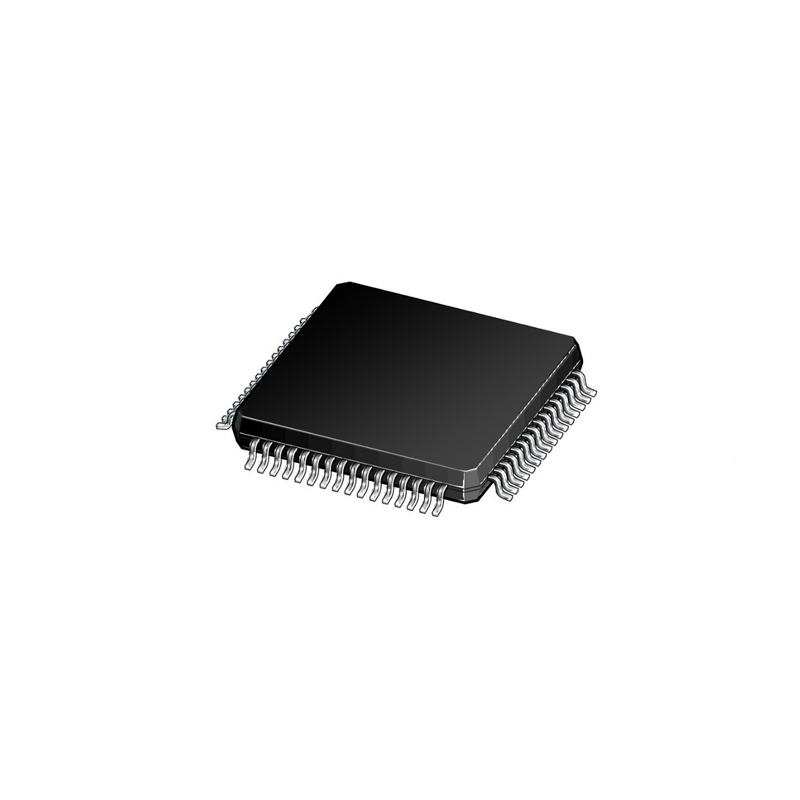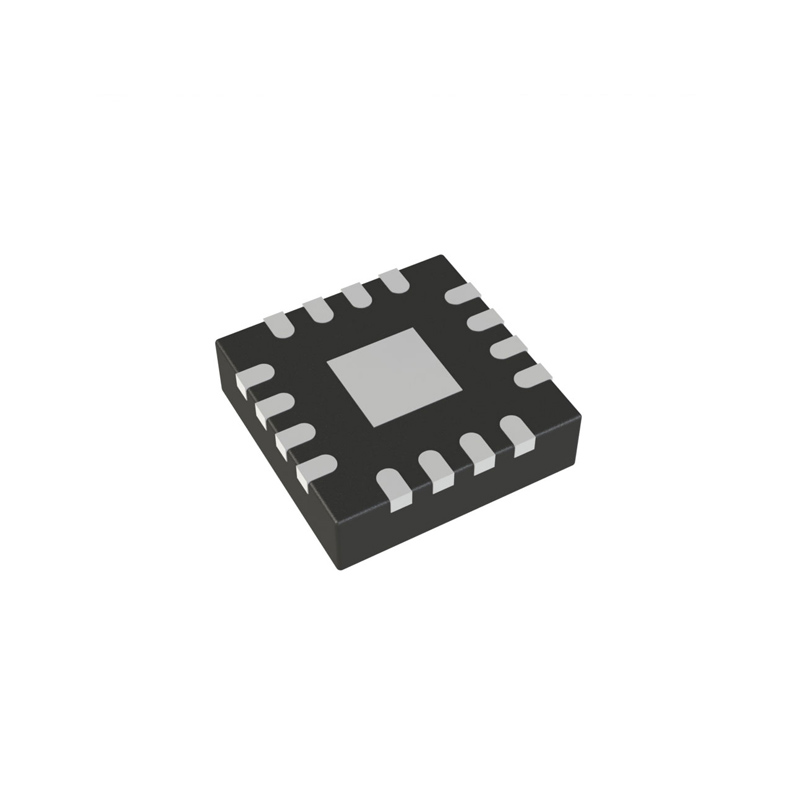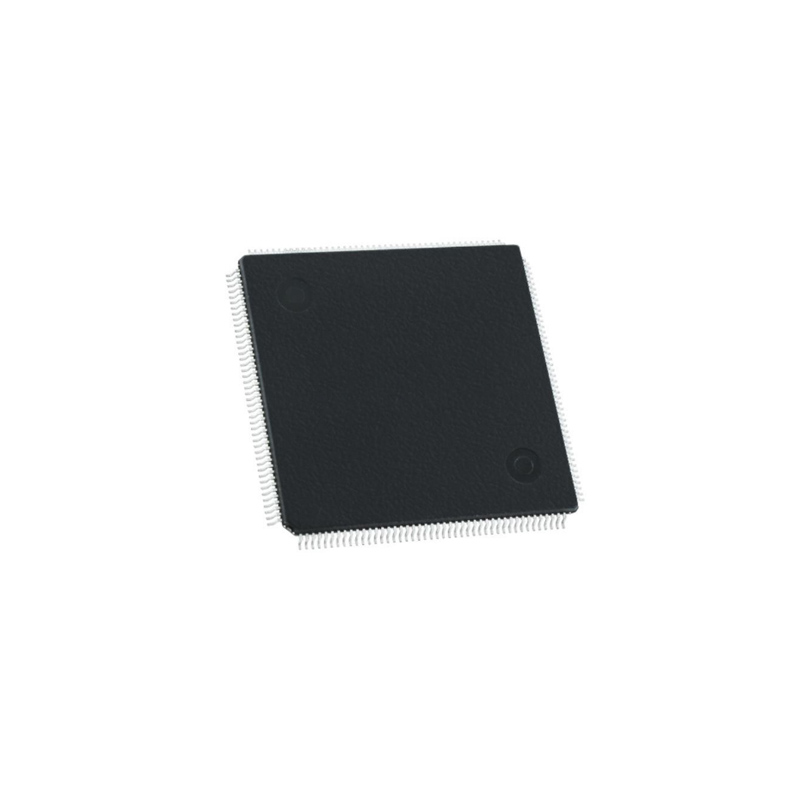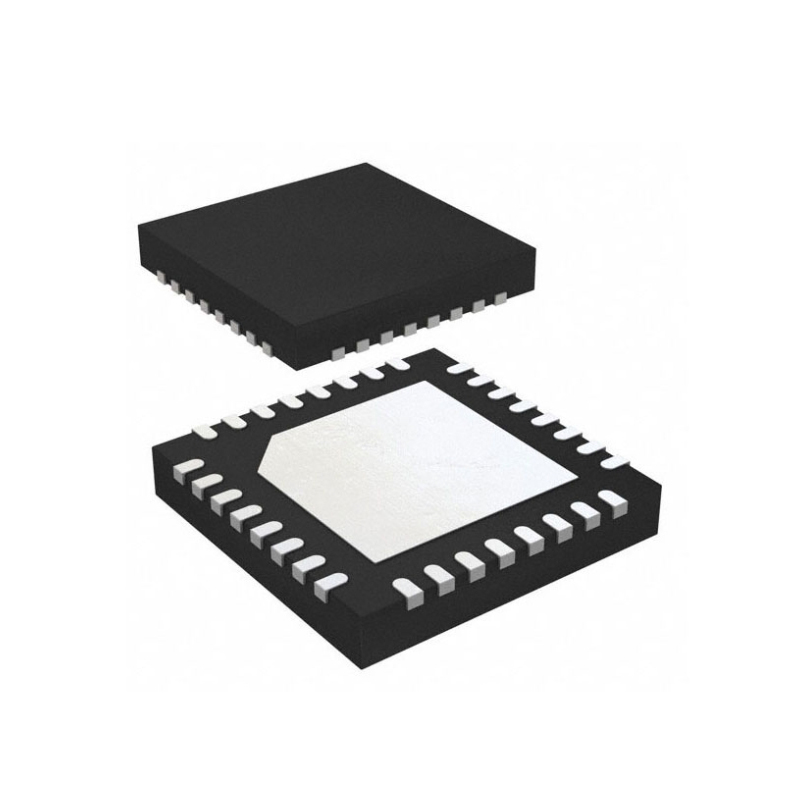How Electric Motors are Changing the Automotive Industry?
Update Time: Apr 07, 2023 Readership: 3610
With rapidly development in technology, electric motors are becoming more efficient, safer, and environmentally friendly. Electric motors are using in automotive industry more often and there have been some great changes happening in this industry. One of the major is the transition from traditional internal combustion engines to electric motors which makes automotive industry more energy-saving and environmentally friendly.
Unlike internal combustion engines, which produce a lot of noise and vibration, electric motors run almost silently, making for a much more comfortable and enjoyable driving experience. This also opens up new possibilities for automotive design, as designers are no longer constrained by the need to accommodate noisy, bulky engines. electric motors also convert a higher percentage of the energy stored in their batteries into actual motion, which means they are much more efficient. This function of electric motors not only reduce the amount of energy required to move a vehicle but also a effective way of reducing pollution during operation.
Electric motors are also much simpler in design than internal combustion engines. They have fewer moving parts, which require less break down and maintenance. This simplicity also translates into lower production costs, which could help reduce the cost of electric vehicles over time.
Electric Motors
Electric Motors - The Basics
Electric motors are devices that convert electrical energy into mechanical energy. They work by using electromagnetic fields to create motion. When an electrical current flows through a wire, it creates a magnetic field around the wire. By placing a magnet near the wire, the magnetic field created by the current interacts with the magnet, causing it to move. This movement can then be used to drive a mechanical device, such as a car.
Electric motors have several advantages over traditional internal combustion engines. First, they are much more efficient. Internal combustion engines waste a lot of energy as heat, while electric motors convert almost all the energy into motion. Second, electric motors are quieter and produce no emissions which makes them ideal for use in urban environments where noise and pollution are major concerns.
The Rise of Electric Vehicles
Today, the rise of electric vehicles (EVs) is one of the most significant changes which can not be ignored taking place in the automotive industry. By using electric motors instead of traditional internal combustion engines to provide propulsion, Evs are energy-saving and more environmentally friendly. The first EVs were developed in the late 1800s and early 1900s, however, with the introduction of gasoline-powered vehicles, the popularity of electric vehicles has decline sharply. While the cost of EVs has been declining in recent years, they are still more expensive than traditional gasoline-powered vehicles which is also a concern for many consumers. However, as technology continues to improve, the cost of EVs will continue to decline.
However, in recent years, due to concerns about climate change and the need to reduce greenhouse gas emissions, there has been a renewed interest in EVs. One of the major advantages of EVs is that they produce no emissions. which makes them much cleaner than traditional gasoline-powered vehicles. In addition, EVs are much more efficient than gasoline-powered vehicles. Electric motors can convert up to 90% of the energy stored in their batteries into motion, while gasoline engines are only around 30% efficient.
Another outstanding advantage is that they are much quieter than traditional gasoline-powered vehicles that makes them ideal for use in urban environments where noise pollution is a major concern. EVs are also much cheaper to operate than gasoline-powered vehicles. The cost of electricity is much lower than the cost of gasoline, and EVs require less maintenance than traditional vehicles.
The Challenges of Electric Vehicles
Despite the many advantages of EVs, there comes several challenges that need to be addressed. One of the major challenges is the range of EVs. Most EVs can only travel around 200-300 miles on a single charge, which is much less than the range of gasoline-powered vehicles. This makes EVs less practical for long-distance travel. Another one is the availability of charging infrastructure. While thousands of public charging stations across the country, there are still many areas where charging stations are scarce which makes it difficult for EV owners to travel long distances without worrying about running out of power.
The Future of Electric Motors in the Automotive Industry
Despite the challenges facing EVs, there has bright vista of electric motors in the automotive industry. Many major automakers are now investing heavily in EV technology, and there are now dozens of EV models available for consumers to choose from.
In addition, advancements in battery technology are making it possible to develop EVs with longer ranges. Tesla, for example, recently introduced a new battery that can provide.
Electric motors produce no direct emissions, and they do not contribute to air pollution or climate change. As more and more countries adopt regulations aimed at reducing greenhouse gas emissions, electric vehicles powered are becoming an increasingly popular choice.
Extended Reading
- Exploring the Power and Precision of Brushless Motor Controllers
- How Electric Motors are Changing the Automotive Industry?
- Control Techniques for Electric Motors: Optimizing Performance and Efficiency
- Revolutionizing Electric Mobility: The Synergy of Cyberquad Motor Controller and Tesla's Innovation
 FAQ
FAQ
-
What are the biggest challenges facing the adoption of electric motors in the automotive industry?
1.Battery Range: One of the biggest challenges facing the adoption of electric motors in the automotive industry is the limited range of batteries. Most electric cars currently on the market have a range of around 200-300 miles per charge, which is significantly less than the range of a typical gasoline-powered car. 2.Charging Infrastructure: Another challenge is the lack of charging infrastructure. Electric car owners need access to charging stations, and there are not enough of them in many areas. 3.Cost: Electric cars are still more expensive than gasoline-powered cars, and this remains a barrier to adoption for many consumers. The cost of batteries, which is one of the most expensive components of an electric car, is slowly decreasing, but it is still a major factor in the overall cost. 4.Manufacturing: Building electric cars requires different manufacturing processes and materials than traditional gasoline-powered cars, which can be a challenge for automakers to adapt to.
-
How will electric motors impact the performance and driving experience of cars?
One of the main advantages of electric motors is their instant torque delivery, which provides excellent acceleration and responsiveness. Electric motors also have a wider power band than traditional gasoline engines, meaning they can provide power across a broader range of speeds. Additionally, electric motors are more efficient than gasoline engines, which means they can provide better fuel economy and lower emissions. This efficiency also means that electric motors can provide more power for their size and weight than a comparable gasoline engine, which can result in better overall performance. Electric motors can also enable unique features that are not possible with traditional gasoline engines. For example, some electric vehicles have regenerative braking systems that capture energy that would otherwise be lost during braking and use it to recharge the battery, improving overall efficiency.
-
How will the widespread adoption of electric motors impact the automotive industry?
1.Changes in vehicle design: As electric motors are smaller and more efficient than internal combustion engines, they offer greater flexibility in vehicle design. For example, electric motors can be placed in unconventional locations, such as the wheels, and may allow for smaller, more compact vehicle designs. 2.Increased demand for batteries: Electric vehicles (EVs) require batteries to store and provide power to the electric motor. The increased demand for EVs is likely to result in increased demand for batteries, which may lead to innovations in battery technology and increased competition among battery manufacturers. 3.Disruption of the traditional automotive supply chain: The production and assembly of EVs require different components and materials than traditional internal combustion engine vehicles. This may lead to changes in the supply chain as automakers and suppliers adjust to the new demands of EV production.
Popular Blogs
-
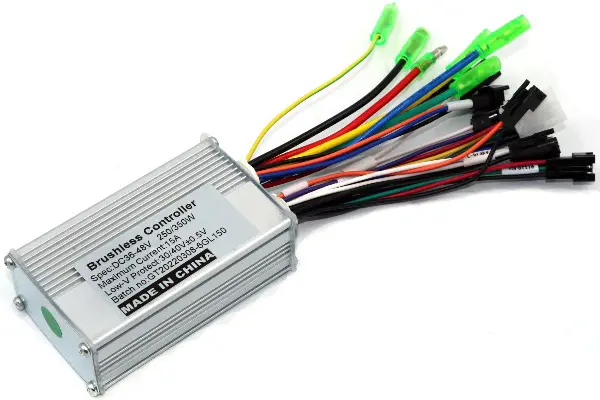
Exploring the Power ...
Brushless motor controllers are advanced electro...
-
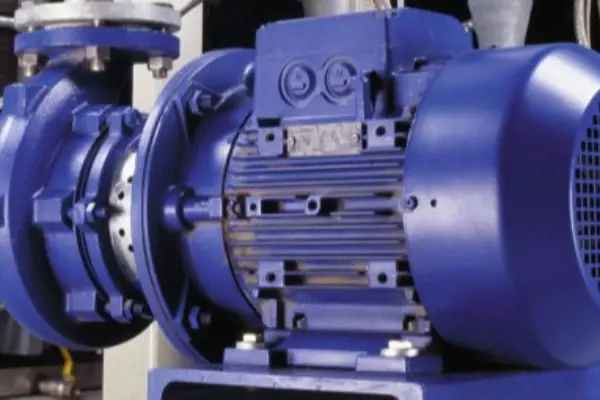
How Electric Motors ...
With rapidly development in technology, electric...
-
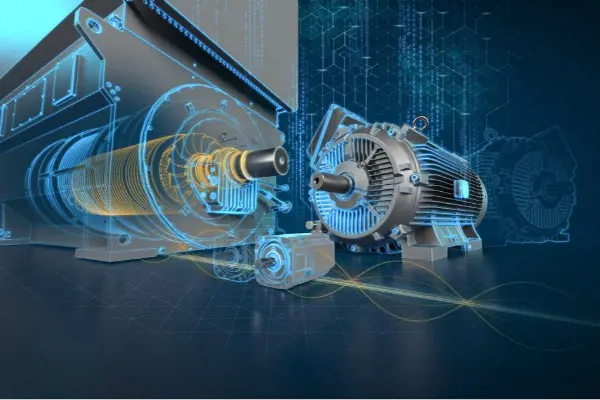
Control Techniques f...
Discover how advanced motor control software, va...
-
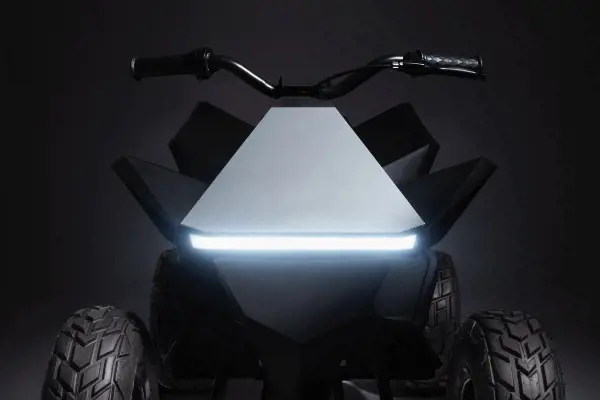
Revolutionizing Elec...
Central to Tesla's success is its relentless pur...





